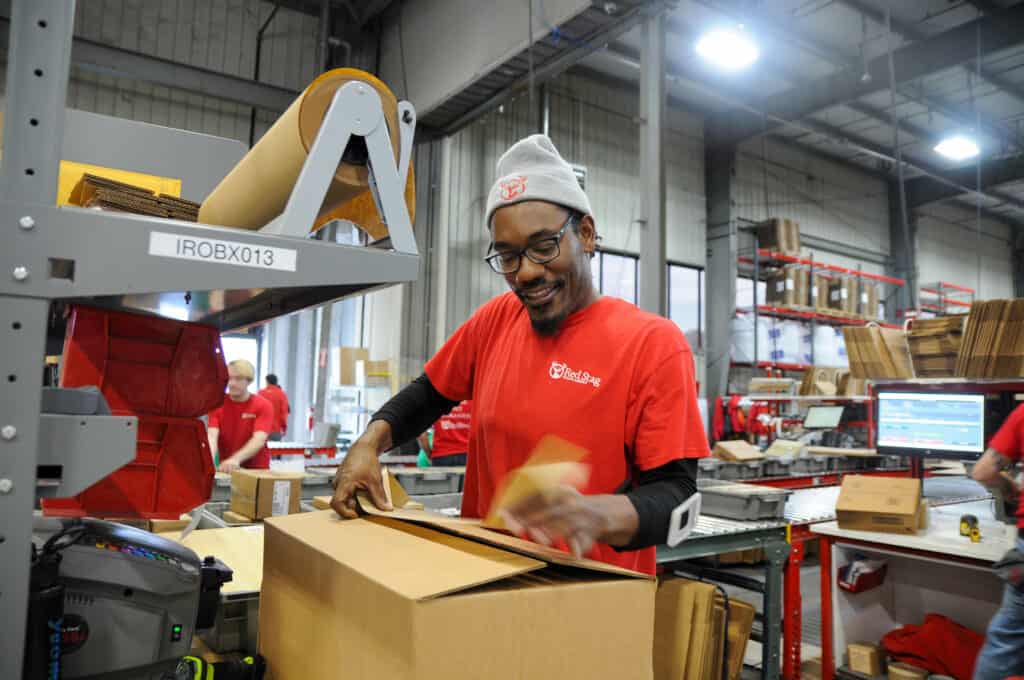
Are retailers better suited targeting new customers or existing ones? The infographic coupled alongside this post would indicate that most retailers are better off prioritizing their existing customers rather than new ones. With a 60% to 70% chance of reselling to an existing customer compared to a 5% to 20% chance of selling to a new customer the reasoning becomes a bit more clear. Shockingly enough, however, more and more organizations around the world are investing portions of their marketing budget into new customer acquisition strategies. This post will detail ways in which your organization can shift its focus onto its existing customers and increase your return on investment.
For businesses hoping to expand their methods of increasing dynamic revenue growth, the double-headed strategy detailed in the infographic featured alongside this post is a great place to start. Utilizing both online and in-store sales tactics, retailers can create the most customized shopping experience for their customers. Online, cross-selling is a very successful sales tactic. This is when product recommendations are offered to users based on elements like previous purchases, favorited items and even items currently in a user’s cart. In store, a traditional sales tactic is known as upselling. This is when sales representatives are able to convince already existing customers to purchase additional or higher quality items from the retailer.
Similarly to these two strategies, the infographic also details the importance of an omnichannel marketing strategy for retailers today. A physical presence is no longer enough, a strong enough digital presence is imperative to any retailer’s success. This is largely in part due to the fact that having a strong enough digital presence can be enough to draw additional customers into physical retail locations.
What makes having such an established online presence so important, though? Ultimately, retailers want their customers to remain engaged with their business long after they exit their physical locations. As the average customer will spend anywhere between fifteen minutes to an hour in store, a retailers’ possibilities are a bit more limited. Whereas if they’re able to interact with that same retailer online through social media profiles or an online web store, retailers may find more success. This lays credence to the idea that online sales tactics are also quite successful when these customers visit physical retail locations.
The online strategies are meant to provide the highest level of personalization to customers though. Not only can e-mail and text communications between retailer and customer be unique, so can the offers that are included within then; whether that be recommendations based on previous purchases or upcoming sales. While this level of personalization is hard to accomplish in store, anything is possible. Digital methods are still effective in store for these customers. For example, think of how many retail locations include some form of digital signage. Some are meant to direct customers around stores while others are meant to display nearest products and include important product information such as customer reviews, features and prices. These digital methods can be excellent driving forces for customers interested in any product in store.
Properly integrating these techniques can be difficult, so be sure to reference the infographic accompanying this post for information to simplify the process. Courtesy of IDL Displays.














